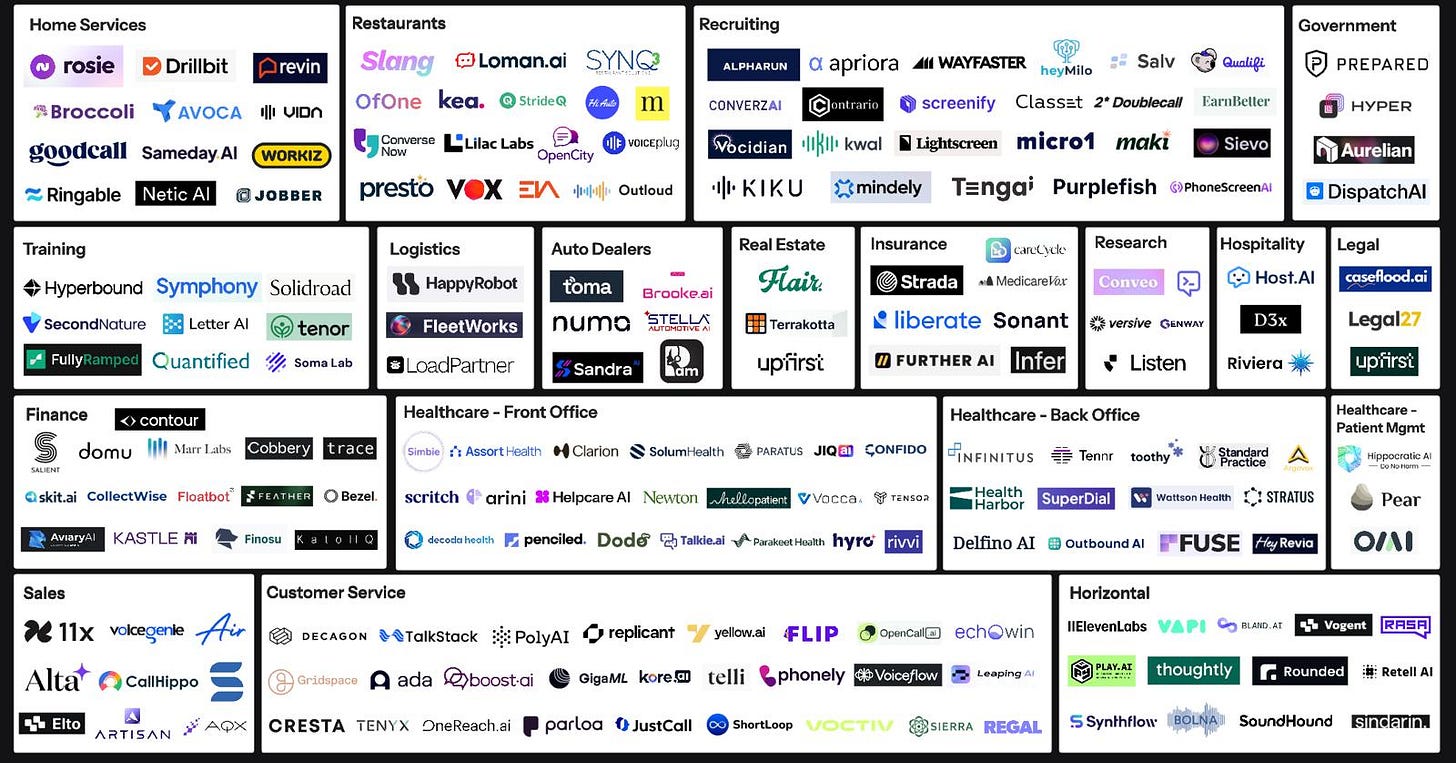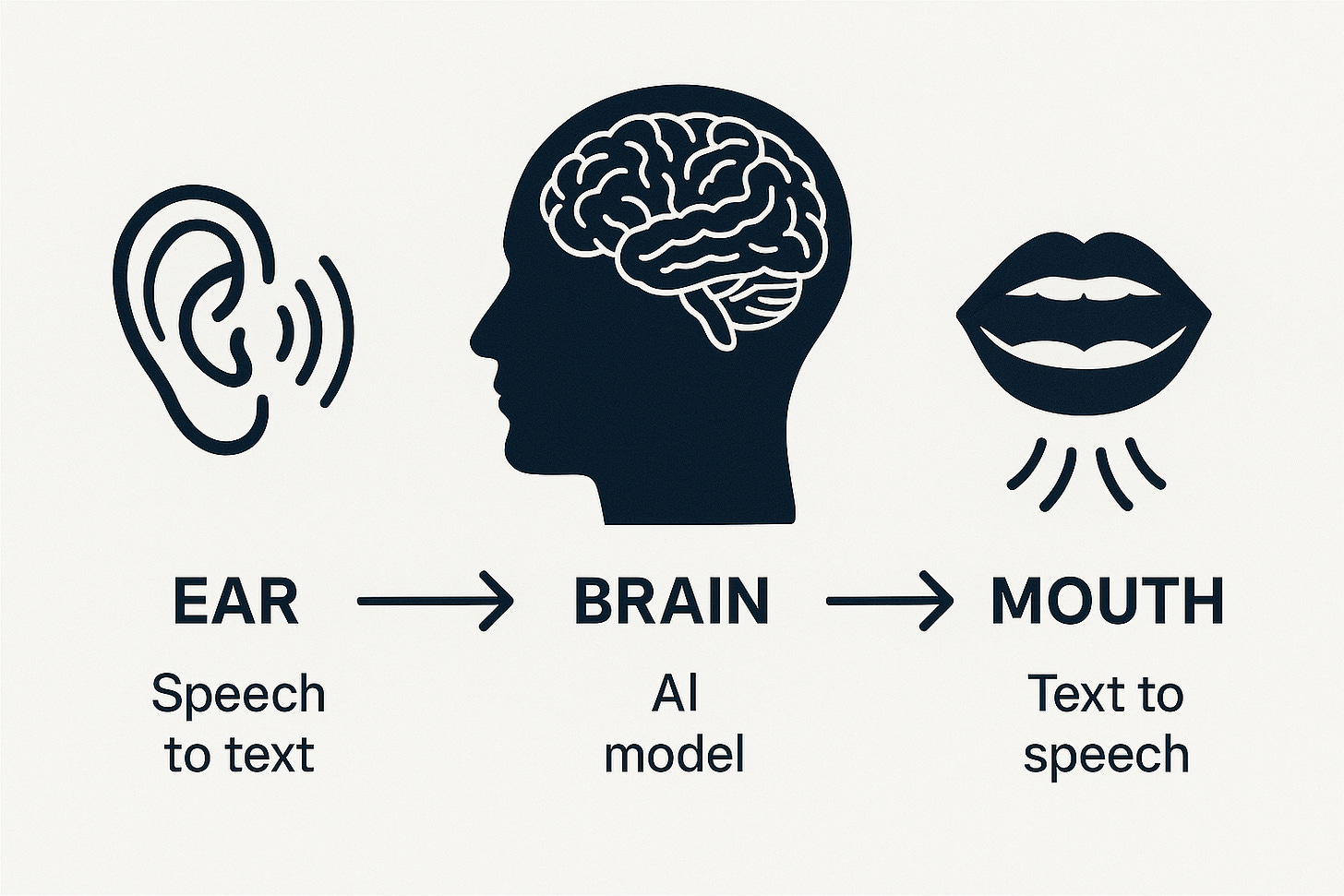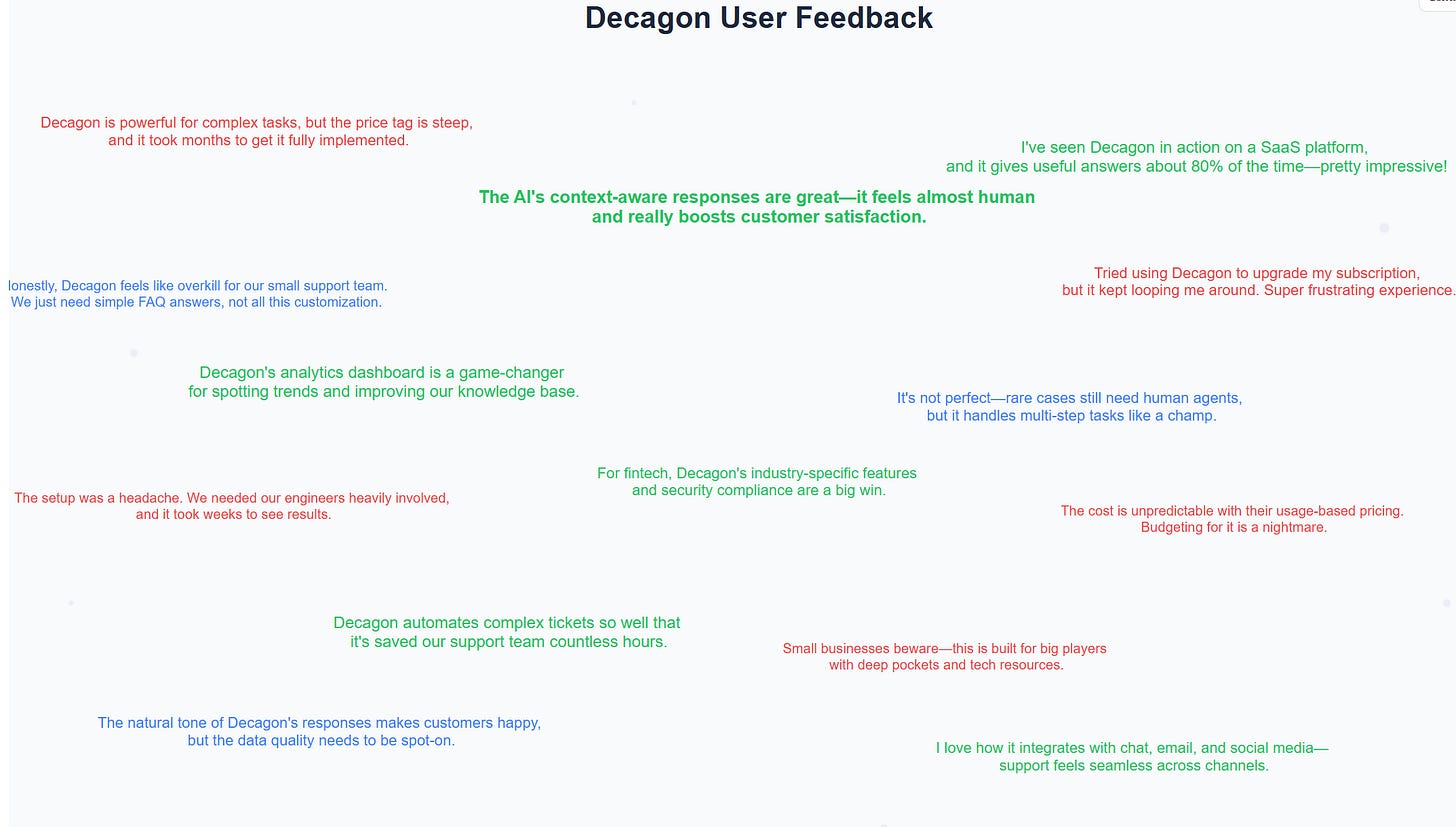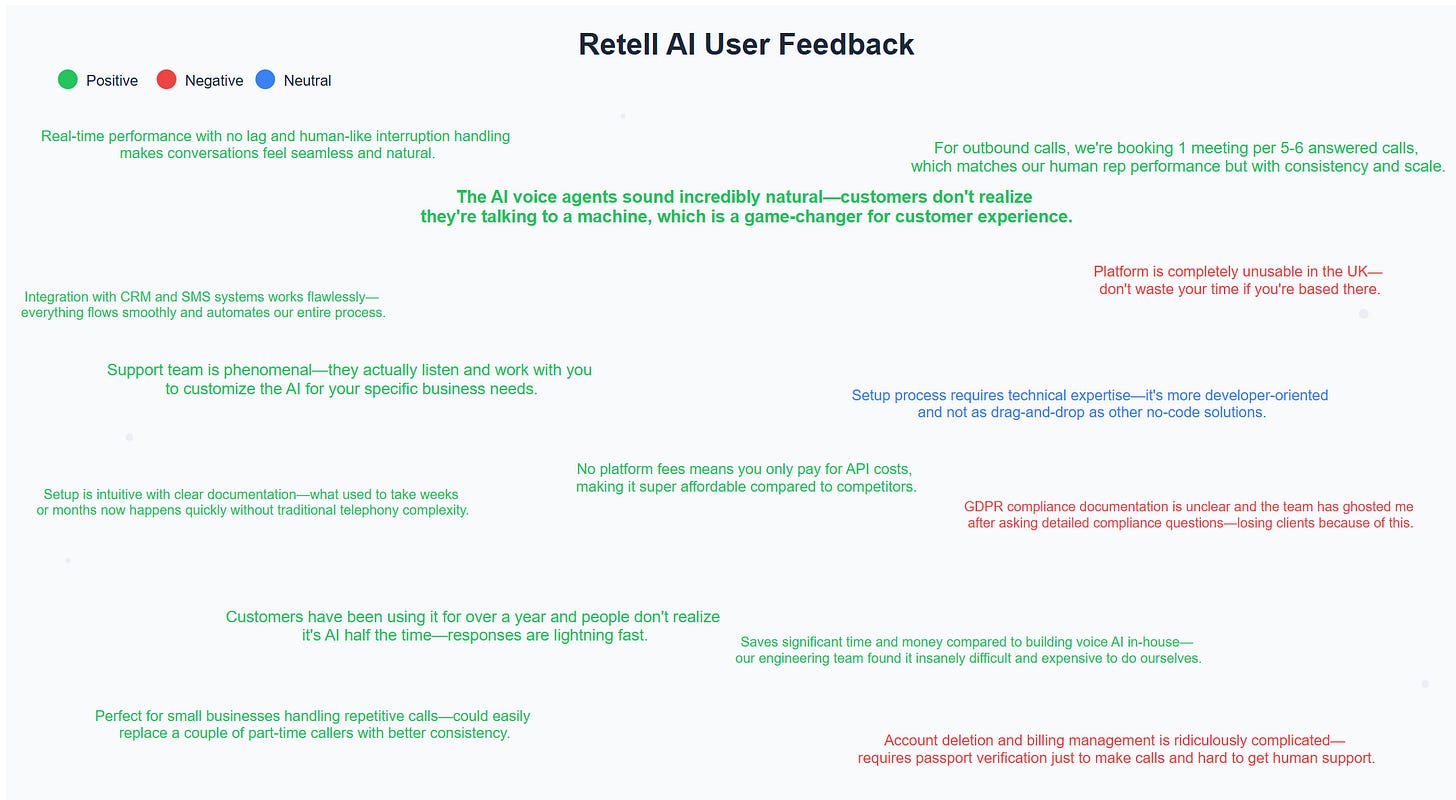AI vs Reality
The Customer Support Agent
After a week’s break spent with my newly born niece and watching one of my friends get married to the love of his life, I feel recharged and more excited than ever to continue to build and write about the present and future of AI on Mainstreet.
The worst job I ever had was working as a debt collector at IC Systems, a collection agency in Fargo, North Dakota. Picture a warehouse-sized space about three-quarters the size of a football field, filled with endless rows of cubicles stretching as far as you could see. The moment you entered the building, you were greeted by a cacophony of sounds - ringing phones, clicking keyboards and hundreds of overlapping conversations.
I hated going to work every day, but it paid $10/hr and $15/hr for overtime. That was great money for a college student living on his own plus it funded my sneaker collection. I didn't know anyone who actually loved that job, but it was one of the easiest to get since turnover was so high and they constantly needed bodies to fill seats and answer calls.
So in mid-2024, when I first experienced a demo of Retell AI, one of the first voice AI customer support agents in the market, I was completely blown away. I couldn't believe it wasn't a human on the other end. The voice was scaringly natural.
I immediately thought back to my days at IC Systems with a mix of trauma and nostalgia. I imagined a world where call centers like that could be staffed entirely by AI agents trained on debt collection workflows, so no human would ever have to endure that soul-crushing work again.
Since 2024 when I first came across Retell AI, there has been an explosion of Voice Agents in the market. Every business vertical seem to have a specialized voice agent tool. In fact, Andreesen Horowitz, one of the most prominent investors in AI startups had about 90 companies in their market map for voice agents alone.
So, can AI agents really replace human customer support reps?
AI Claim vs Reality
Customer support has largely remained unchanged for decades. In fact, you could argue it's gotten worse. You still get an operator routing your call to a human or giving you a menu of options that rarely address your actual problem. Around the 2010s, companies started building those cringy chatbots on their websites that most people hated. The industry has been desperate for better solutions.
The prospect of a tool that can autonomously handle customer queries, adjust in real time, and scale infinitely would be a game changer. Imagine a small HVAC service business in San Antonio having a receptionist that works 24/7 and can handle unlimited customer calls and book appointments so the business never loses revenue. That would be incredible.
Think of AI voice agents as having three main parts working together and processing information just as a human will. First, you have the ear that converts your spoken words into text. This is very similar to how a human customer support agent will process information by first listening. For an AI voice agent, this process also happen instantly as you speak.
Next, this information is then relayed to the brain, which for an AI voice agent is akin to the same type of AI that powers ChatGPT. But here's where it gets interesting. The same way a company trains its customer support reps on specific workflows and routing processes, AI voice agents also need to be trained on your specific company's customer support workflows, routing processes, and actual conversation histories. It learns from thousands of real interactions your team has handled and understands which problems get escalated, how billing issues are typically resolved, what steps work best for technical troubleshooting, etc. This is training that gives the AI context to be able to handle real world customer scenarios and adapt to varying edge cases in real time.
Finally, the information processed by the brain gets relayed back to the mouth. With AI voice agents, there is a text to speech technology that converts the AI's text response back into natural-sounding speech. Just as humans, AI systems can even match the tone and emotion appropriate for the situation, sounding concerned when you're frustrated or excited when helping you solve a problem.
All these three parts happen in real-time. These newest generations of voice agents can even hold context throughout the entire conversation, remember what you said five minutes ago, access your account information, and even book appointments in your company's scheduling system all while sounding completely human.
While this sounds very compelling, this week I went down the Reddit rabbit for customer sentiment so I can help you separate the hype from the reality. I reviewed Reddit comments for two popular B2B voice agents, Retell AI and Decagon.
Decagon
Retell AI
The Verdict
Do AI customer service agents actually deliver on their promises? It depends on your use case and the complexity of your current customer support workflows.
Decagon is built for big companies with complex needs. Users like its analytics and smart responses, but it comes with months of setup, requires technical teams to implement, and costs way more than most small businesses can afford.
Retell AI focuses on voice calls and does it really well. Users consistently say people can't tell it's AI because the voice sounds natural and handles interruptions like a human would. I personally tried Retell and i was impressed by it human like voice and ability to adapt even through interruptions. A small business owner I spoke with got 1 meeting for every 5-6 calls they made (same as their human staff) and said it could easily replace a couple part-time employees. The pricing is also straightforward without hidden platform fees.
For small businesses with simple needs, Retell AI is the clear winner. It's easy to set up, pricing is transparent, and it works right away.
Pro Tip
These tools are not perfect and you should expect them to make mistakes. My pro tip for small businesses looking to deploy voice agents in their customer support stack is to follow a safe and sequential roll out process. Start with high control and low agency support task such as appointment scheduling and provide some basic guardrails such as defined times and and days the agent can use. Assess how the agent performs on this task and as you gain more confidence slowly increase the scope to higher agency task. Always have a human to monitor the agent’s interactions and use them as fall back strategy in case things go wrong.






